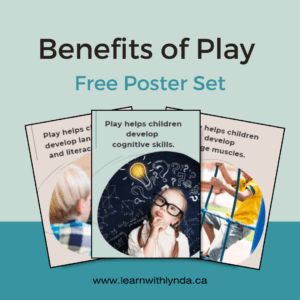Loose parts are everyday objects that children can move, arrange, and manipulate in countless ways. Items like buttons, stones, sticks, and fabric scraps become tools for imagination and creativity. Engaging with loose parts offers children a dynamic and open-ended play experience that fosters a wide range of skills.
Here’s how loose parts play benefits children in the classroom:
1. Creating Meaning
When children play with loose parts, they create meaning by using these objects in ways that are personally significant. A stick might become a magic wand, or a stone might represent a piece of food. This process of assigning meaning helps children understand the world around them and develop the ability to think abstractly and symbolically.
2. Establishing Rules and Order
Loose parts play often involves creating and following rules. Children might establish patterns, sequences, or arrangements that bring order to their play. This helps them understand the importance of rules and structure, which are essential concepts in both social interactions and academic learning.
3. Loose Parts Support Creative and Flexible Thinking
Loose parts play encourages children to think creatively and flexibly. Because there are no predefined uses for the objects, children are free to experiment and innovate. They can combine items in new ways, solve problems creatively, and adapt their ideas as they explore different possibilities.
4. Using Symbolic Thinking
In loose parts play, children often use objects to represent something else—a key element of symbolic thinking. This ability to use symbols is foundational for language development, reading, and mathematics. It also supports cognitive flexibility, allowing children to shift between different ideas and perspectives.
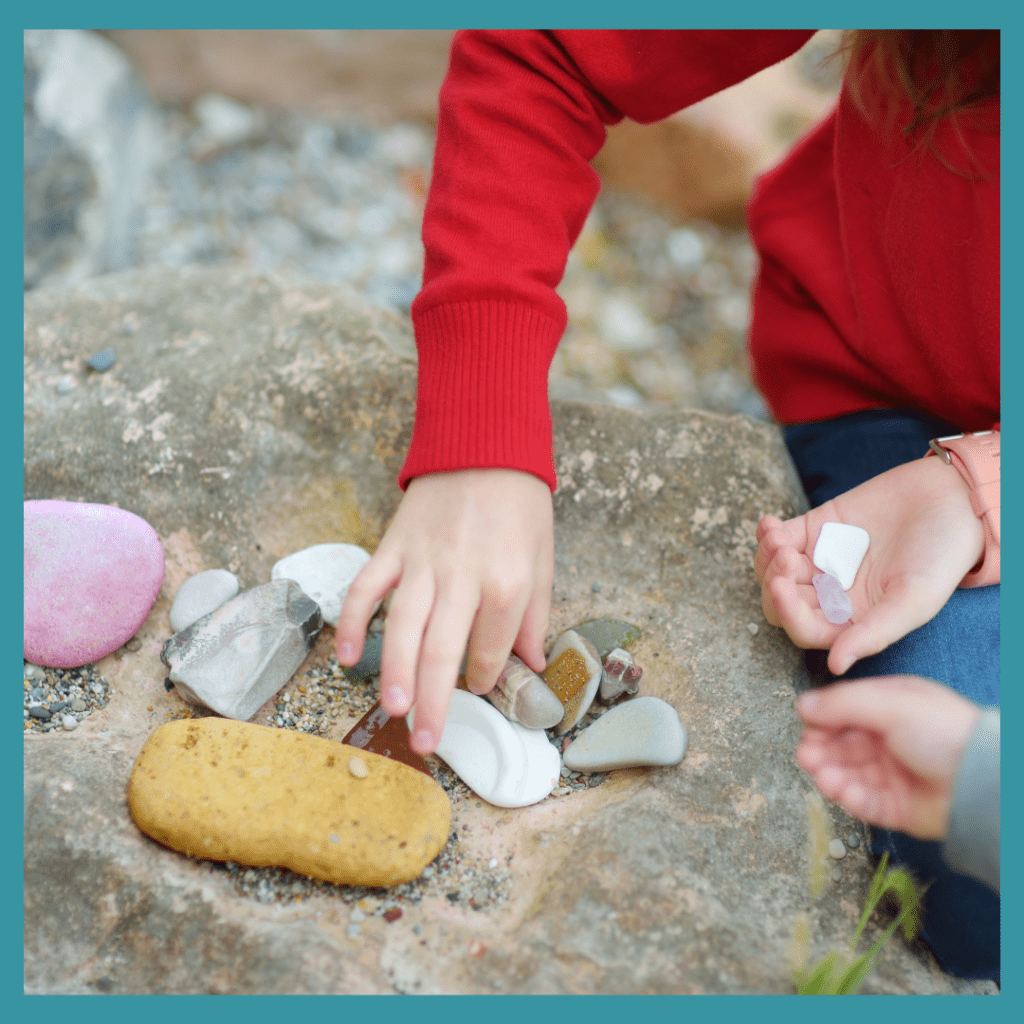
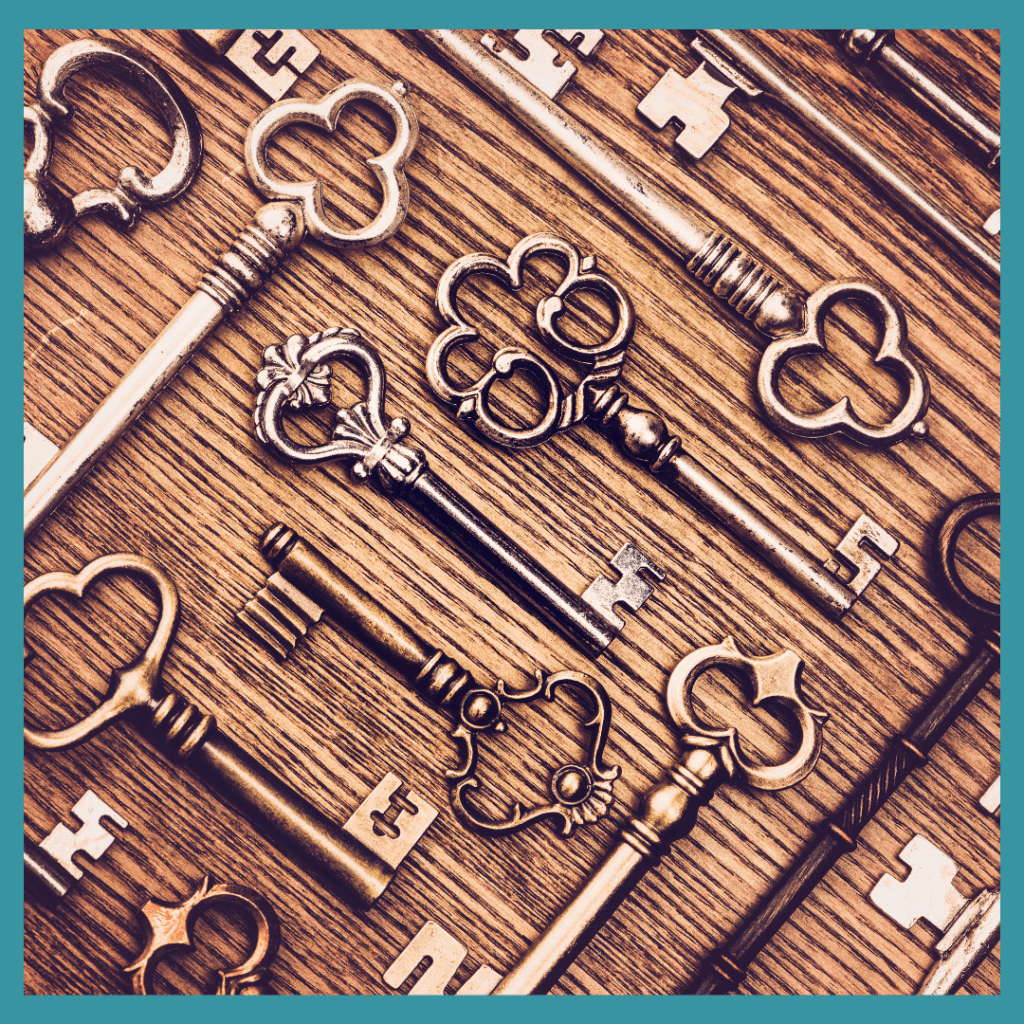
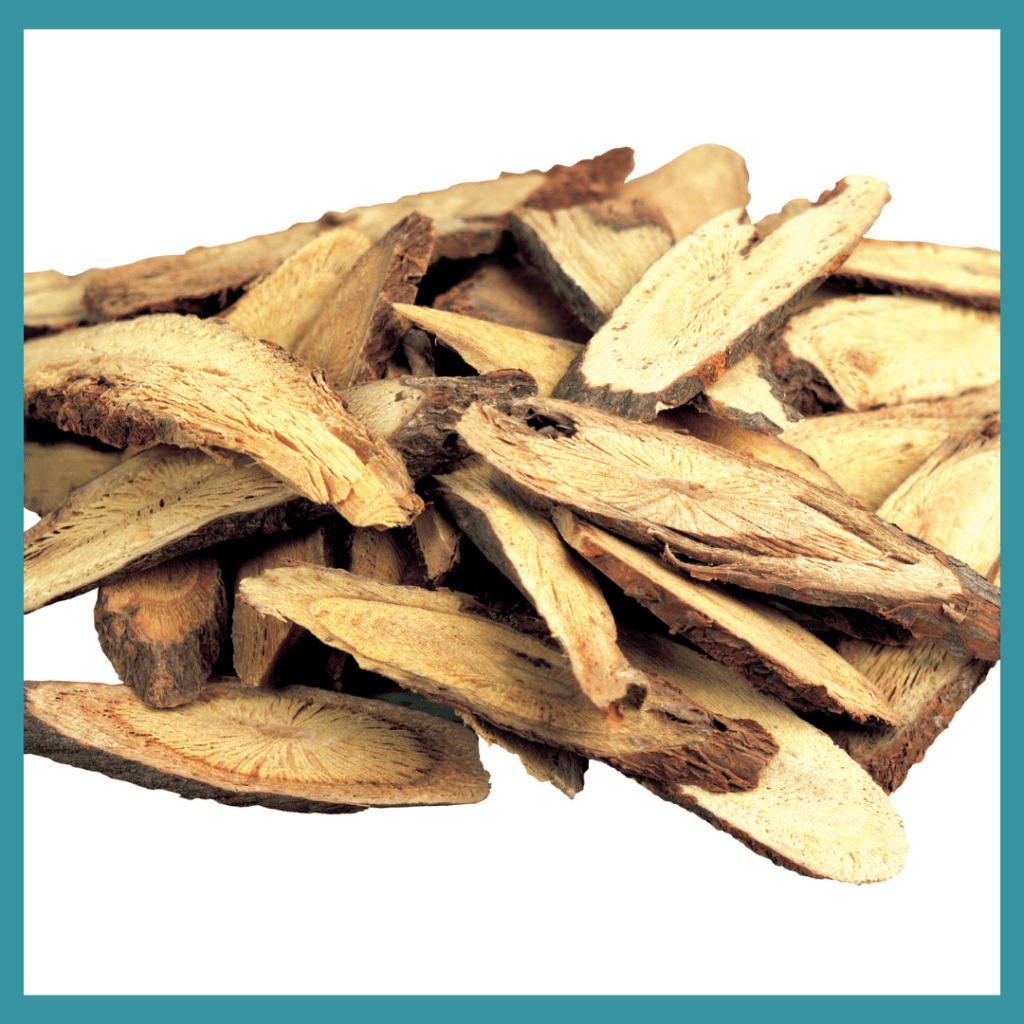
5. Communicating
As children play with loose parts, they often discuss their ideas and creations with others. This encourages communication, both verbal and non-verbal. Children learn to express their thoughts, listen to others, and collaborate on shared projects, enhancing their language and social skills.
6. Sorting and Categorizing
Loose parts naturally lend themselves to sorting and categorizing activities. Children might group objects by size, color, shape, or texture. This process helps them develop classification skills, which are essential for math and science learning, as well as for organizing information in everyday life.
7. Counting and Comparing
Playing with loose parts provides ample opportunities for counting and comparing. Children can count objects, compare quantities, and explore concepts of more and less. These activities lay the groundwork for number sense and mathematical thinking, helping children build a strong foundation in math.
8. Developing Spatial Awareness
As children manipulate loose parts, they develop spatial awareness by understanding how objects fit together and relate to one another in space. This skill is crucial for geometry, as well as for tasks like reading maps, solving puzzles, and navigating physical spaces.
9. Supporting Fine Motor Development
Handling and manipulating small loose parts helps children develop fine motor skills. Whether they’re stacking, threading, or arranging objects, these activities strengthen the muscles in their hands and fingers, improving dexterity and coordination, which are important for writing and other tasks requiring precision.

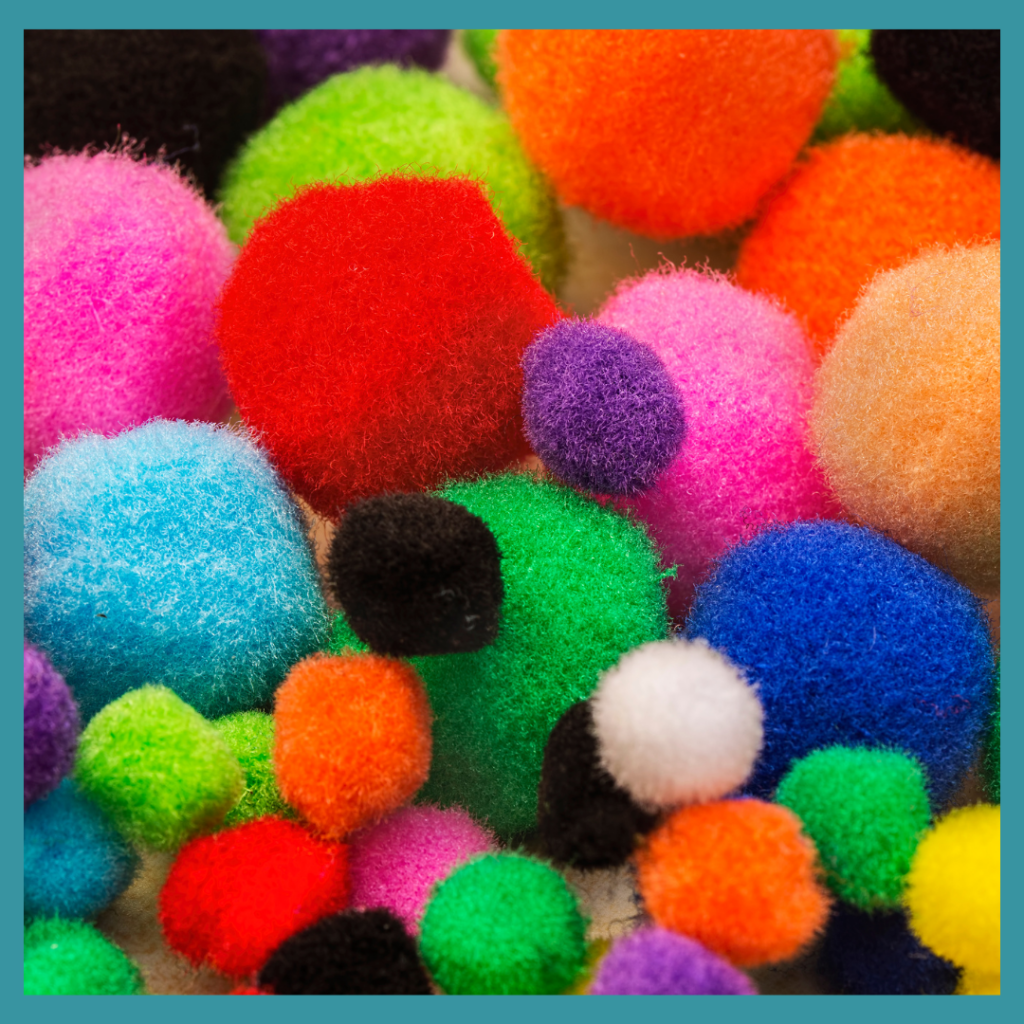
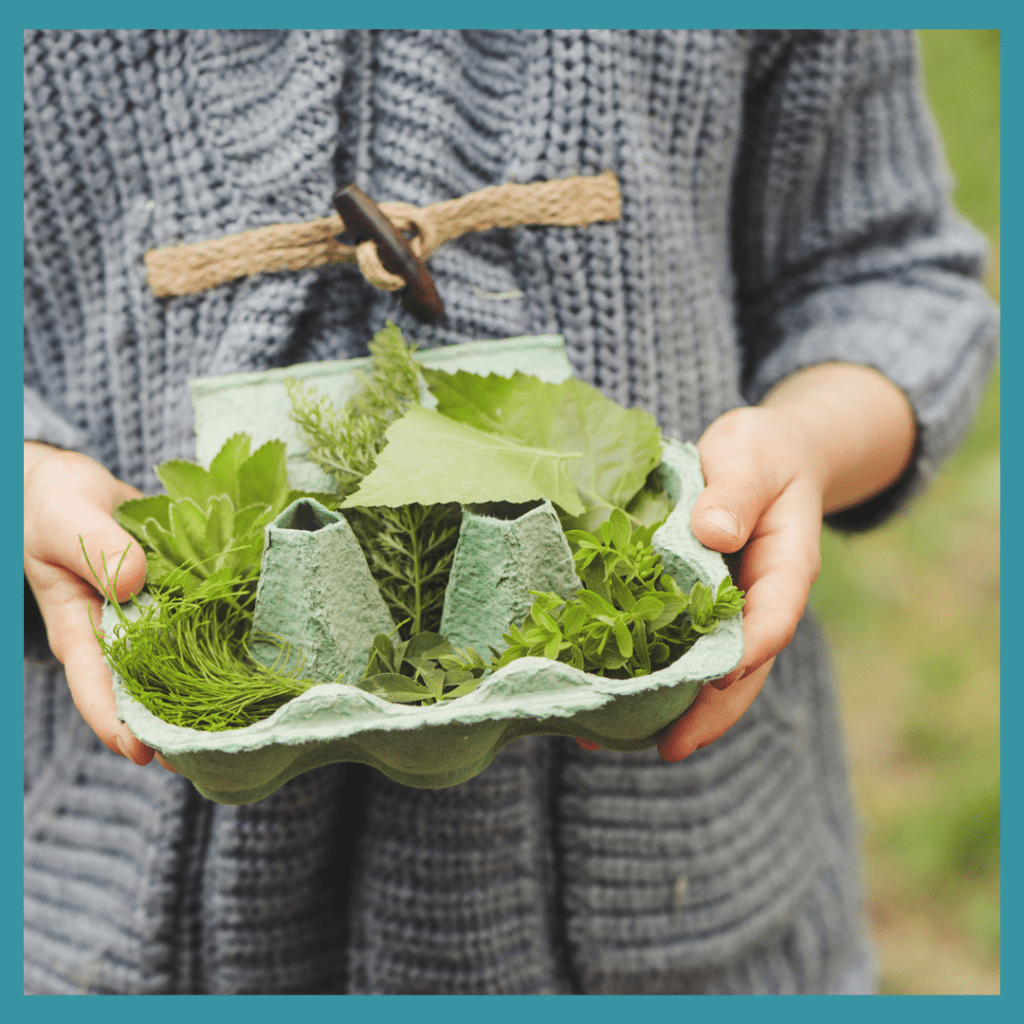
Playing with loose parts offers a wealth of developmental benefits for children. From fostering creativity and symbolic thinking to enhancing communication, counting, and fine motor skills, loose parts play is a valuable tool in early childhood education. By incorporating loose parts into your home or classroom, you can provide children with rich, open-ended learning experiences that support their growth in multiple areas.
Happy Learning,
Lynda
Do you have this yet?
